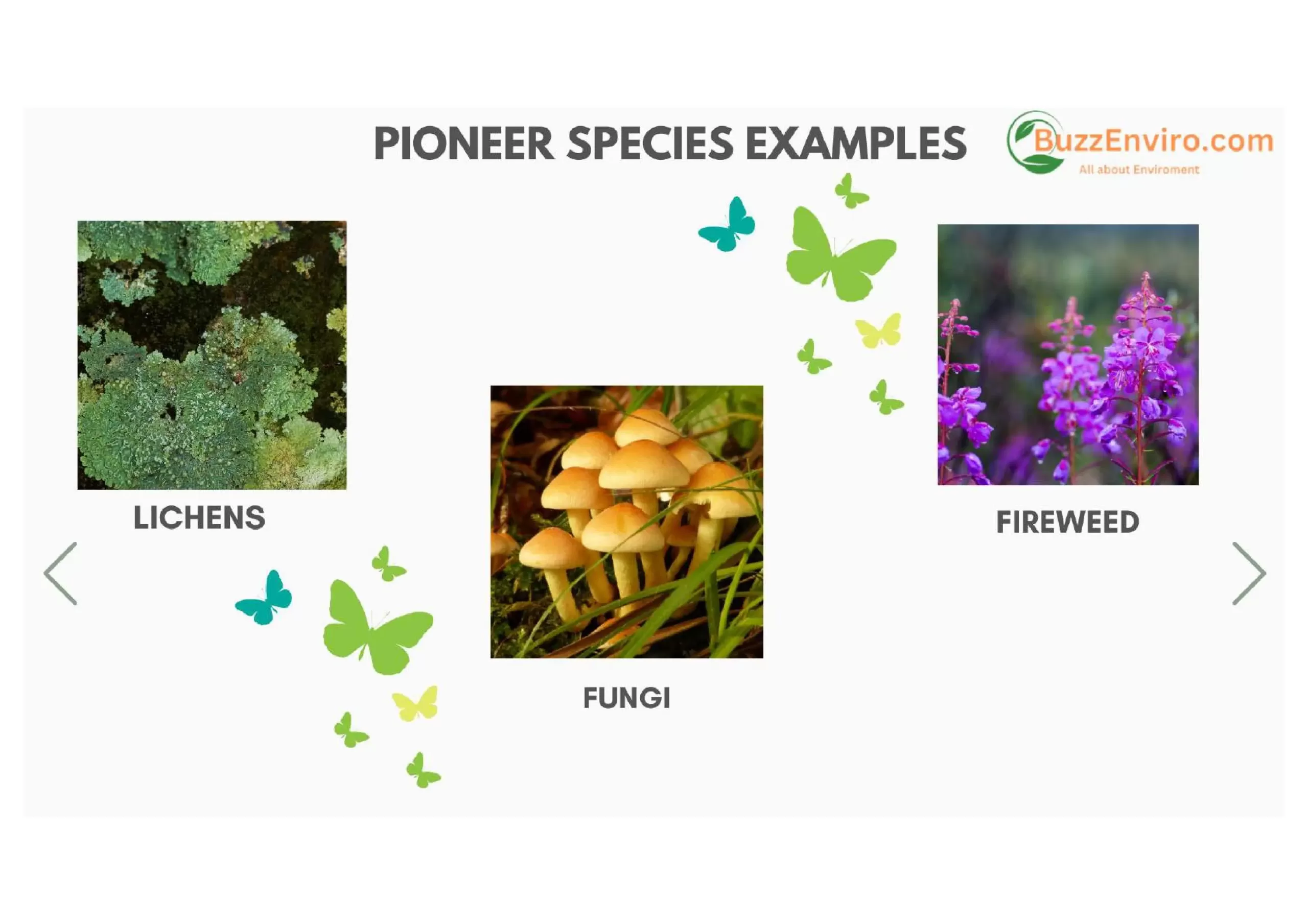Coal has long been a cornerstone of global energy production, known for its ability to generate large amounts of electricity and support industrial activities. Its role in powering homes, factories, and businesses has cemented its place as a critical resource in many countries. Despite its significance, coal has faced scrutiny due to its environmental impact and associated health risks. As the world grapples with climate change and seeks sustainable energy solutions, the concept of “clean coal” has emerged as a way to address some of these concerns while leveraging the benefits of this abundant resource. In this blog, we’ll explore the advantages of coal, delve into the idea of clean coal, and examine both the benefits and drawbacks of this energy source.
What is Clean Coal?
Clean coal refers to a set of technologies and processes designed to reduce the environmental impact of coal use. The aim of clean coal technology is to make coal a more environmentally friendly energy source while retaining its economic advantages. This involves several key strategies:
Emission Reduction: Technologies are employed to minimize the release of pollutants, including sulfur dioxide (SO₂), nitrogen oxides (NOₓ), and particulate matter, into the atmosphere. This helps to reduce air pollution and its harmful effects on health and the environment.
Carbon Capture and Storage (CCS): CCS technology captures carbon dioxide (CO₂) emissions produced from burning coal and stores them underground or uses them in other processes, thus preventing them from entering the atmosphere.
Improved Efficiency: Advances in coal technology aim to improve the efficiency of coal-fired power plants, meaning they can generate more electricity with less coal and produce fewer emissions.
Cleaner Combustion: Innovations in combustion technology, such as fluidized bed combustion, are designed to burn coal more efficiently and cleanly.
What Can Coal Be Used For?
Coal is a versatile and widely used resource with a variety of applications across different sectors. Here’s a detailed look at its primary uses:
1. Electricity Generation

Coal is most commonly used for generating electricity. In thermal power plants, coal is burned to produce steam, which drives turbines connected to generators. This process converts the thermal energy released from burning coal into electrical energy. Coal-fired power plants are a major source of electricity globally, providing a significant portion of the energy needed to power homes, businesses, and industries.
2. Industrial Processes

Coal plays a crucial role in various industrial processes. It is used in the production of steel through a process known as coke-making. In this process, coal is heated in the absence of air to produce coke, a carbon-rich material that is essential for steel manufacturing. Additionally, coal is used in the production of cement, where it serves as a fuel source for kilns.
3. Heating
In many regions, coal is used for residential and commercial heating. Traditional coal stoves and furnaces burn coal to produce heat, which warms homes and buildings. Although less common in modern times due to the availability of other heating sources, coal remains an important heating source in some parts of the world.
4. Chemical Production
Coal is also a key raw material in the chemical industry. It is used to produce a variety of chemicals, including ammonia and methanol. The process involves gasifying coal to create synthetic gasses, which are then used as feedstocks in chemical reactions. These chemicals are crucial for manufacturing fertilizers, plastics, and other products.
5. Liquid Fuels
Coal can be converted into liquid fuels through processes such as coal liquefaction. This involves converting solid coal into liquid hydrocarbons, which can be used as fuels for transportation, such as diesel or gasoline. Although less common than other liquid fuels, coal-derived liquids are used in some regions to supplement conventional oil-based fuels.
6. Gas Production
Coal can be converted into synthetic gas (syngas) through gasification. Syngas is a mixture of carbon monoxide, hydrogen, and other gases that can be used as a fuel for power generation or as a feedstock for producing chemicals and fertilizers.
Advantages of Coal in Daily Life
There are many advantages of coal in daily life. Here are few given below:-
1. Reliable and Consistent Energy Supply
Coal is known for its reliability as an energy source and it is one of the advantages of coal. Unlike renewable energy sources such as solar or wind, which depend on weather conditions, coal can provide a constant and steady supply of energy. This reliability is crucial for maintaining stable electricity grids and ensuring that power is available when needed.
2. Economic Benefits
The coal industry supports a significant number of jobs and contributes to economic growth in many regions. It provides employment in various sectors, including mining, transportation, and power generation. Additionally, coal mining and processing stimulate local economies through investments in infrastructure and services.
3. Abundant and Accessible Supply
Coal is one of the most abundant fossil fuels on the planet. Many countries have substantial coal reserves, which ensures a long-term supply of energy. This abundance helps to stabilize energy prices and provides energy security for nations with large coal deposits.
4. Cost-Effective Energy Production
In comparison to other energy sources, coal is often less expensive and it is one of the best advantages of coal. The cost-effectiveness of coal makes it an attractive option for power generation, particularly in developing countries where budget constraints are a significant concern. The low cost of coal helps to keep electricity prices affordable for consumers.
5. High Energy Density
Coal has a high energy density, which means it can produce a large amount of energy per unit of weight. This high energy density makes coal an efficient fuel for power generation and industrial processes. A relatively small amount of coal can produce a significant amount of electricity or heat.
6. Versatility in Energy Production
Coal can be used in various forms and processes to generate energy. It can be burned directly for electricity and heat, or it can be converted into other energy forms, such as synthetic gas (syngas) and liquid fuels. This versatility enhances its utility in different industrial and energy applications.
7. Infrastructure Readiness
Many existing power plants, industrial facilities, and transportation systems are designed to use coal. This established infrastructure reduces the need for new investments in alternative energy sources and allows for continued use of existing coal-based systems.
8. Energy Security
For countries with significant coal reserves, coal provides energy security by reducing dependence on imported fuels. By utilizing domestic coal resources, countries can achieve greater energy independence and stability.
9. Technological Advancements
Advances in coal technology, such as clean coal technology and carbon capture and storage (CCS), are improving the environmental impact of coal use. These technologies are designed to reduce emissions and increase the efficiency of coal-fired power plants, making coal a more sustainable energy option.
10. Local Development and Investment
The coal industry can drive local development and investment. In coal-producing regions, open pit mining and processing operations often lead to improvements in infrastructure, such as roads, schools, and healthcare facilities. This development can enhance the quality of life for local communities and is one of advantages of coal.
Conclusion
In conclusion, there are many advantages of coal in daily life, including reliability, economic benefits, and versatility, its disadvantages, particularly concerning environmental and health impacts, cannot be ignored. The development of clean coal technologies and continued advancements in energy efficiency are crucial to mitigating these downsides. As the world seeks a balance between energy needs and environmental responsibility, the role of coal will continue to evolve.






